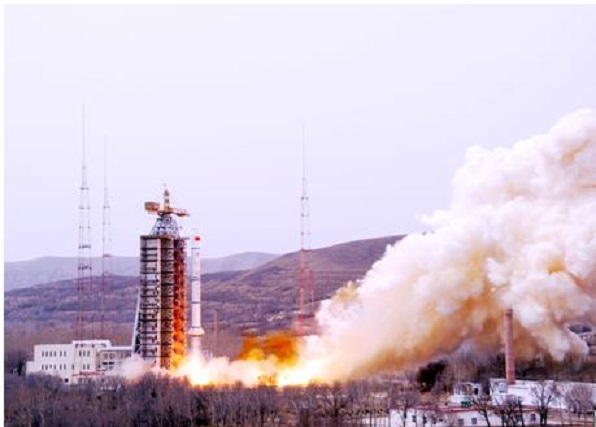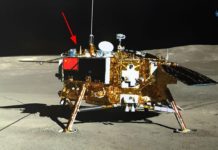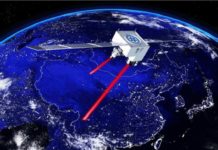Today, China conducted its first launch after the failure of its Long March 5 (Changzheng-5) rocket on 2nd July, ending speculation as to the delays caused by the event.
The launch today took place at 12:21 Beijing time from the Xichang Satellite Launch Centre (XSLC) in Sichuan Province, with a Long March 2C. According to China Great Wall Industry Corporation (CGWIC), the country’s sole commercial launch services provider, three remote sensing satellites were placed into orbit, making this China’s 30th series of remote sensing satellites (Yaogan-30). China Aerospace Science and Technology Corporation (CASC), CGWIC’s parent company, has declared the launch a success.
Very few details of the satellites have been revealed; CASC reported that the satellites were developed by the Chinese Academy of Sciences and that today’s mission is an experimental one, carrying payloads to study electromagnetic fields.
Today’s success marks the 251st launch from the Long March family of launch vehicles. Long March 2C, a liquid-propellant two-stage vehicle with an optional 3rd stage, can carry up to 3850kg to Low Earth Orbit (LEO) and was previously used to launch China’s Shijian satellite series.
According to CASC, the Long March-2C is China’s only rocket to have successfully launched satellites from all three launch sites on the mainland, i.e., Jiuquan, Xichang, and Taiyuan. China’s newest launch site, Wenchang Satellite Launch Center (WSLC), where the previous Long March-5 launch took place, is located offshort on Hainan Island, and has so far been used to launch heavier payloads.







